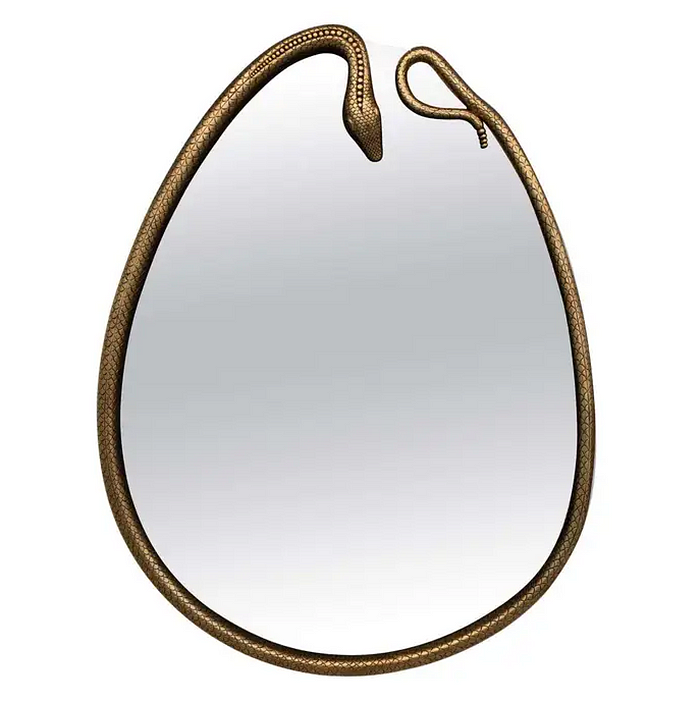Chukat: Leadership, Legacy, and the Power of Self-Reflection

Parashat Chukat can be seen through many lenses, including as a leadership bridge from one generation to the next. Chukat includes the death of Miriam (Num. 20:1), the death of Aaron (20:28–29), and it foretells the death of Moshe (20:12). These are the three recognizable figures who have been leading the people for a generation and a half, whose service on behalf of the community and whose vision, inspired by God, was nothing short of spectacular, noble, effective, and wise. Each one of them embodied a different kind of function: Aaron the high priest, Miriam the prophet, and Moshe the law-bringer and prophet, serving God in the most intimate way, similar to a priest.
It is important is to note that, at least according to some commentators, between last week’s Torah portion and this week’s, 38 years have passed. Last week, Moshe’s leadership and Aaron’s leadership were challenged by Korach, and that rebellion was forcefully put down. But this week is a different kind of moment where the challenge to leadership is not actually a challenge; it’s just the evolution of who will stand before the people on the ongoing trajectory toward that which has been promised.
From Sinai till now, there’s been a very complicated and bumpy path that has been led with nobility and with passion by three siblings: Moses, Aaron, and Miriam. What a powerful thing it is to experience this parasha in a moment where this is a current cultural conversation. This isn’t making a political or partisan comment; it’s reflecting the Torah’s guidance that transitions between generational leadership are incredibly important and considered sacred. Chukat includes the death of two and mentions the death of the third of the most important leaders we have ever had. The bridge role of any leader who has gained the wisdom of an entire generation is to make sure that leaders in the future will be able to continue that path forward.
Along with this message is its necessary complement, also within the Parsha. As is true of every generation of Israelites (and later of every generation of Jews), the culture of the people seems to be to complain about whatever they’ve got. We are, of course, commanded to cultivate gratitude. We wake up in the morning recognizing the grandeur, the miracle of just having another day of breathing. But it is true that we are very, very good at complaining.
A real story that happened in my world when I was first ordained as a rabbi:
My first pulpit was a very special community in Sharon, Massachusetts. There was one gentleman in the shul who always felt that it was either too hot or too cold in the sanctuary. (Every shul has people who feel this way, sometimes both at the same time.) This gentleman would always ask the custodian to adjust the temperature. We noticed this and spoke to the custodian in advance, asking him to say he would take care of it, walk out of the sanctuary, do nothing, and then come back to check in with the gentleman. Sure enough, the next Shabbat, the gentleman felt it was too hot, called over the custodian, who said he would make it better, left the sanctuary, did nothing, and returned 20 minutes later. The gentleman responded with two words: “much better.”
This story demonstrates that often, when we complain, it is an inner truth that we are actually reflecting, something about needing to be heard.
So, what is this generation of Israelites, the second desert generation, complaining about? They are ostensibly complaining about the manna, the miraculous food that God sent every day (Num. 21:5). The people say the manna is miserable, and a plague of venomous snakes is sent by God to punish those for not having gratitude (21:6). To save the people, God commands him to create a fiery serpent, a saraf (21:8). Moses creates it out of copper (21:9), a symbol we now recognize as a symbol for medicine and healing. The Torah says that whenever people who were bitten by snakes looked upon this copper snake, they would be healed.
Tradition looks at the difference between the snakes that were attacking and the snake that was doing the healing. One insight is that it is measure for measure: snakes were doing the attacking, so a snake was used for healing. Another measure for measure suggestion: The Israelites had complained about manna, which tasted like whatever you wanted it to taste like, and so they were punished with snakes, whose Edenic ancestor was cursed to have everything taste like dust (Gen. 3:14).
Another fascinating suggestion is out that Moses chose copper for the healing-snake because polished copper is reflective, like a mirror. Deep healing includes self-reflection. The Israelites were looking outward and not inward. Their discontent was internal, though their complaints pointed elsewhere.
A synthesized message of these two parts of Parashat Chukat: A community cannot look only at who is standing in front; a community must also have the courage to look within to understand what they truly need.
The accumulated wisdom of two generations of leadership, as represented by Aaron, Miriam, and Moses, was the only way the Israelites made it this far through the desert. The challenge for the Israelites in Parashat Chukat (and for us in today’s cultural discourse) is based on both recognizing that the leadership they had in the hardest of conditions during their a 40-year journey was nothing short of miraculous, and that self-reflection presents an entirely different kind of challenge, both experiences of traversing the unknown.